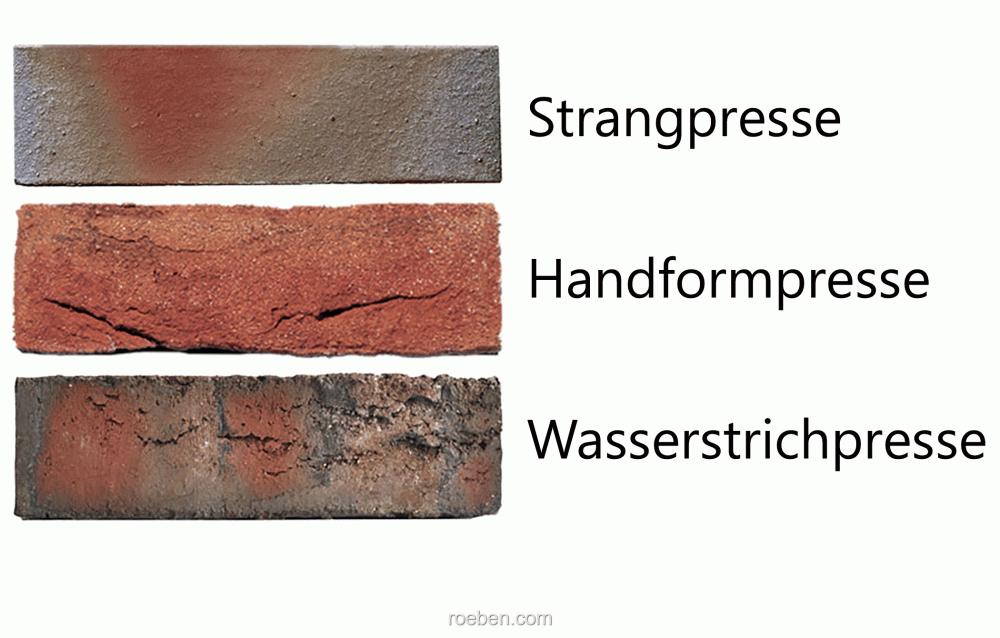A clinker brick facade is always a living facade!
Their small parts conjure up a play of light and shadow of the stones in the surface. The color and texture of each brick finally modulate the facade on a further, delicate level.
The basic types of Röben clinker listed here therefore only form the basis of all surfaces on which further refinements by graining, chamotte, engobes or coal fires are always possible in the process of the BRICK-DESIGN®.
You can find an overview of all surfaces at roeben.com.
SMOOTH SURFACES
There are special clays from which the classic clinker and ceramic clinker brick slips are burned in Röben. The palette contains an infinite number of colors from white to black; in between many, many shades of gray, red, blue, yellow or earthy nuances. Characteristic are their low water absorption and the bright sound that arises when two of these straps are lightly struck against each other.
BRICK SURFACES
Many surfaces of our clinker cladding are finished with a fine brick grain. The extremely low water absorption and a subtle, rustic look can be combined in one product.
HANDSTRIP SURFACES
To make these straps, the unusually wet clay slab is pressed through a frame. This creates the striking, grooved surfaces of the straps with a fine tear-off edge. The surface mediates between the pronounced rusticity of the hand-shaped straps and the elegant clarity of the smooth surfaces.
FORMBACK SURFACES
According to an old traditional manufacturing process, coordinated with modern production technology, the clinker is first molded piece by piece as if by hand. Each individual formback strap made of it is a beautifully unique piece with a pronounced, sometimes deep grain. The irregular edges and surfaces create an expressive liveliness in the facade. This surface can also be applied to ceramic clinker brick slips.

